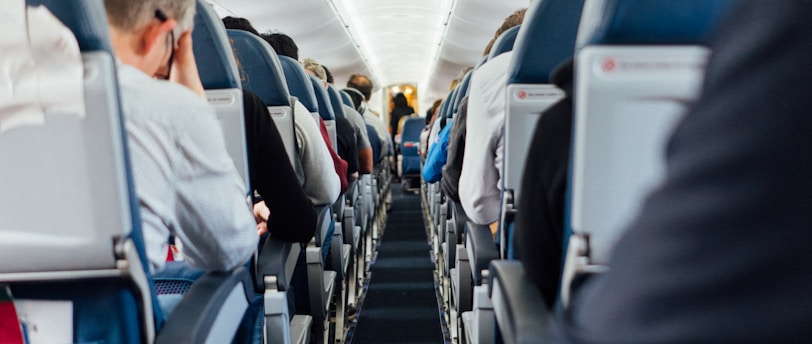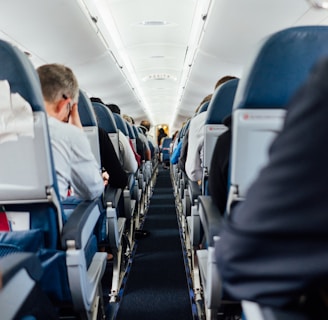Flying While Plus-Sized: The Reality for Women in the Skies
Discover the challenges plus-sized women face while flying, from cramped seating and inconsistent airline policies to body shaming and stigma. Learn why inclusive air travel is long overdue.
TRAVEL
5/8/20243 min read


Flying While Plus-Sized: The Reality for Women in the Skies
For most travelers, air travel is routine: check in, find your seat, buckle up, and take off. But for plus-sized women, stepping onto a plane can be fraught with anxiety, discomfort, and even humiliation. The reality of flying while plus-sized is one that rarely makes headlines but is deeply felt—marked by cramped seating, inconsistent airline policies, and ever-present social stigma.
The Struggle with Seating
Airline seats in economy class average just 17–18 inches wide—far from accommodating for many bodies. For plus-sized women, this can mean painfully wedging into a space that doesn’t account for their physical needs. Armrests dig in, seat belts don’t fit, and legroom is practically nonexistent.
Though many airlines offer seat belt extenders, the process of asking for one—often in front of a full cabin—can feel humiliating. Worse, some passengers have reported flights where no extenders were available at all.
Then there's the silent (and sometimes not-so-silent) judgment from fellow passengers. Whether it's a visible eye-roll, a loud sigh, or an intentional lean away, these microaggressions add emotional strain to an already stressful experience.
“I’ve learned to board with my headphones on, eyes forward. I can’t deal with the side glances and the judgment. It’s exhausting,”
— Amanda, size 24 traveler
Policy Gaps and the Cost of Comfort
Airlines vary wildly in how they handle passengers who need more space. Some require the purchase of a second seat if the traveler cannot lower the armrest; others might offer a complimentary second seat—but only if the flight isn’t full. These policies are often inconsistently applied and rarely communicated in advance.
This lack of transparency can leave plus-sized travelers facing awkward, last-minute confrontations at the gate, or worse—being denied boarding altogether.
There’s also a financial injustice to consider. Charging someone double simply because of their body size raises serious questions about discrimination and equitable access. No one should have to pay more just to fit into a system designed without them in mind.
The Social Stigma of Flying Fat
Beyond the physical discomfort and policy hurdles lies a deeper, more insidious issue: stigma.
In-flight fat-shaming has become normalized online. Viral tweets and videos mock plus-sized passengers, treating their bodies as public commentary fodder. The fear of becoming someone’s cruel punchline leads many women to take extreme measures: wearing dark colors to appear smaller, booking aisle seats to avoid contact, or even avoiding in-flight meals to sidestep judgment.
These strategies are not just coping mechanisms—they're a response to a society that often views larger bodies as a nuisance, particularly in confined public spaces like airplanes.
Calls for Change and Inclusion
Advocates are pushing for systemic change in the airline industry to make air travel more inclusive. Proposed solutions include:
Standardizing policies for plus-sized passengers across all airlines
Including seat belt extenders at every seat as a standard feature
Redesigning seating options to be adjustable or offer wider alternatives
Training staff on body diversity and sensitivity
Eliminating upcharges for necessary accommodations
Some airlines have begun to listen. For instance, Southwest’s Customer of Size policy allows passengers to reserve a second seat at no extra charge. But this is the exception, not the rule. Widespread reform is still needed to ensure all travelers are treated with respect and dignity.
Flying with Dignity
At its heart, this issue is about the fundamental right to exist comfortably and move freely through the world—without apology. Air travel shouldn't be a battleground of shame or financial penalty for plus-sized women. It should be what it is for everyone else: a means of getting from one place to another.
Until the airline industry begins to prioritize inclusivity, plus-sized travelers will continue to be excluded from equal access to the skies. But with growing advocacy and public awareness, there is hope that one day, flying will truly be for everyone.